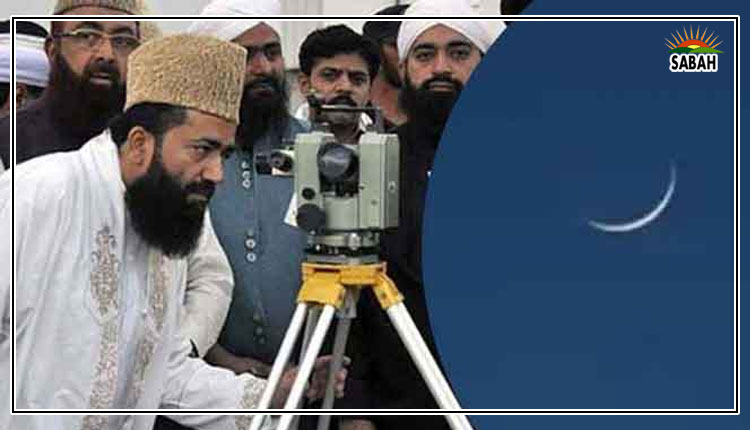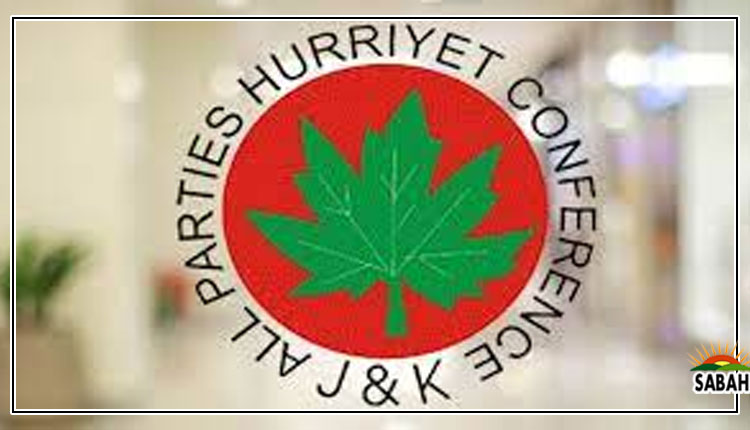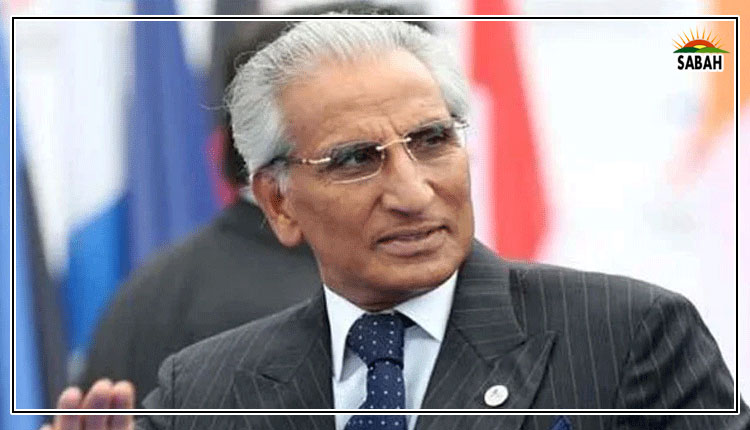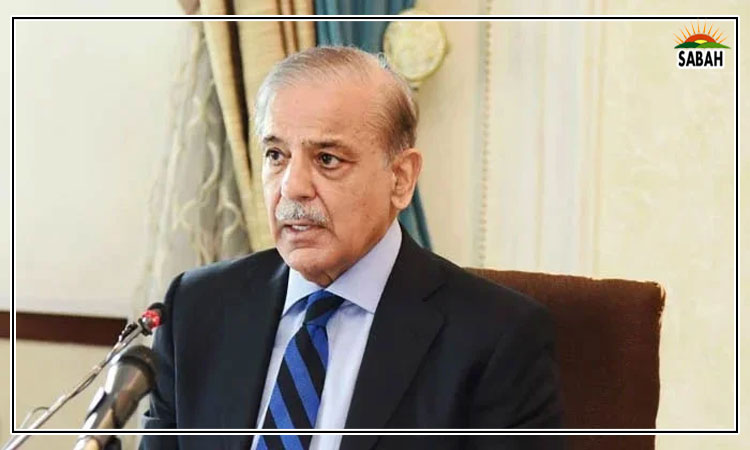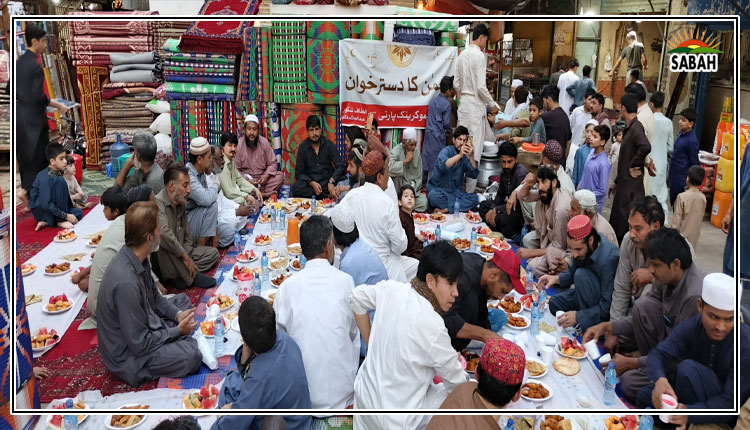Societal reckoning …Ayesha Irshad Mian
AS the world spiralled into a moral panic after the TV show Adolescence forced our focus on the world inhabited by teen boys, I could not help but feel a sense of reckoning and justice. As an adolescent psychiatrist in Pakistan — an endangered species — I have beseeched and at times screamed that we are doing wrong by our boys. While the global outrage focuses on the all-enveloping evil of social media — a miasma warping the minds of ‘lost’ teens — our children are exposed — over and above the existing context of generational patriarchy, misogyny and male entitlement.
Recently, Muna Khan wrote a discerning piece on the dangers of toxic male influencers, in the already noxious backdrop of a society that has among the worst gender equity indices in the world. We have our own stories akin to Jamie’s in Adolescence, across all socioeconomic strata, that have ripped our souls.
As a professional who sees lost and struggling young teens day in and day out, I am extremely glad about this wake-up call — if we wake up! The idea that this could happen to any of us has pulled everyone into the conversation — schools, parents, media, communities. An average child, a loving family, hardworking parents — it could be any of us; its universality has got us all talking.
So let’s talk. The malevolence of social media and the manosphere with its callous language are influential only if left without a counter-narrative. In the real world, teens who are vulnerable to tales of toxic masculinity are marked by neglect, fractured attachments, abuse and exposure to anger. Violence doesn’t appear in a vacuum and hardly without a warning. Risk factors for troubled teens include social marginalisation, exposure to drugs, unmet emotional needs, exposure to anger and violence and neglect of early signs of distress.
However, before we write these off as nonexistent in our households, pay attention to the fact that most households in Pakistan completely normalise male displays of anger. I always hear such nonchalant statements in my work as ‘oh, his father has major anger problems’, or ‘anger has run in our family forever’. This exposure to aggression is a risk factor; it is also role-modelling, making male rage standard procedure.
It is also important to know that the average time — from a child showing signs of distress to a healthcare visit — is eight to 10 years. Neglect is another risk factor.
Social media is a complicated puzzle but it gets far too much credit than it deserves. Between social media and our teens stand parents, teachers, coaches, education systems, progressive government policies and socially aware systems and communities. Human connection is the critical missing piece in this story and must be highlighted. Honest, authentic parenting with boundary setting and reliable communication is the key. Showing up in our children’s life and being constantly present will trump a make-believe life on social media any day.
Boys are having a hard time; and one conspicuously missing factor in the Pakistani context is the active presence of fathers. One only has to go back in time and review our sociological context from the early to mid-20th century, where prepubertal boys would leave their mother’s nurturing shadow and accompany their fathers as they went through the various phases of their adult lives. That’s where these boys met other older male role models, the village, that guided them through their pubertal growing pains with wisdom and connection.
That is no longer the case; fathers as providers have taken over fathers as advisers, and they are rarely the male teen’s primary attachment figure. Think from a pre-adolescent boy’s perspective, one who craves a father’s approval, wishing to see pride in his eyes. All children, but especially teenage boys need time with their fathers; honestly, what’s Andrew Tate got on you?
A valid question is what one can do. Strong attachments with key figures, parents, grandparents, teachers, family, is a start. When your teen appears unsure and distracted, pay attention and communicate that you are there. As they seek real-life experiences, seek and guide them towards a community of trusted adults. Social media may be delayed, but will need negotiation at some point; as long as it isn’t coming in the way of relationships and real life as you curate it with structure and boundaries, it isn’t evil incarnate.
This should be the first of many conversations in all households. Societal reform starts in each home as we all take accountability. Constant connection, communication and compassion, if lived, role-modelled and celebrated, are the answer to the moral panic that has been left at our doorsteps.
Courtesy Dawn


